Order: Coraciiformes. Family: Alcedinidae
Description
Length: 20 cm. A medium-sized kingfisher with a silvery-grey head, nape and breast and a distinctive chestnut belly. The plumage is blackish-brown on the back. The wing primaries are black, while the secondaries, the lower back and the tail are cobalt-blue. In flight, it shows chestnut underwing coverts and black primaries with white patches at the base. The straight, dagger shaped bill is bright orangey-red. The iris is dark brown. Sexes are alike in appearance,
Immature birds tend to be duller, lack chestnut below and may have a blackish bill. Dark barring across the chest.
Distribution
Common across sub-Saharan Africa, avoiding arid regions. In southern Africa, it is most common in Zimbabwe and northern Botswana, but it also has populations scattered across northern Namibia, Mozambique and Limpopo Province.

Habitat
It prefers well-developed woodland often close to rivers or streams, such as Acacia and Mopane (Colosphermum mopane) woodland.
Movements and migrations
Intra-African migrant, breeding in Zimbabwe, Mozambique, Angola, Zambia, DRC and Malawi, moving north during the non-breeding season. In southern Africa it arrives in April, goes through its breeding cycle and then usually leaves from December-May. Note that it does not breed in all areas of its southern African range, with most of the birds breeding in Zimbabwe and surrounds.
Diet
Despite the name, the grey-headed kingfisher does not feed on fish, but instead thrives on a wide variety of insects, such as grasshoppers, cockroaches and beetles, and occasionally takes small vertebrates such as lizards. Like other kingfishers, this species generally sits still on a perch, before diving steeply down to the ground in pursuit of prey.
Breeding
Both male and female participate in excavating a horizontal tube of 50 cm to 1 m length into an earth bank, using their strong bill and feet. The burrow is a tunnel leading to a nest chamber. It is usually dug into riverbanks, erosion gullies, irrigation ditches and termite mounds. Egg-laying season is from September-December, peaking from October-November. It lays 3-4 pinkish-white eggsbinto the nest chamber at the end of the tube, which are incubated by both sexes for about 20 days. The eggs hatch into small, naked chicks with black bills and brownish legs, which are cared for by both parents. The young fledge after about 3 weeks.
Call
Weak sibilant trill ji-ji-ji-ji-chi. Listen to Bird Call.
Status
Uncommon except in extreme north of region. Classified as Least Concern (LC) on the IUCN Red List.



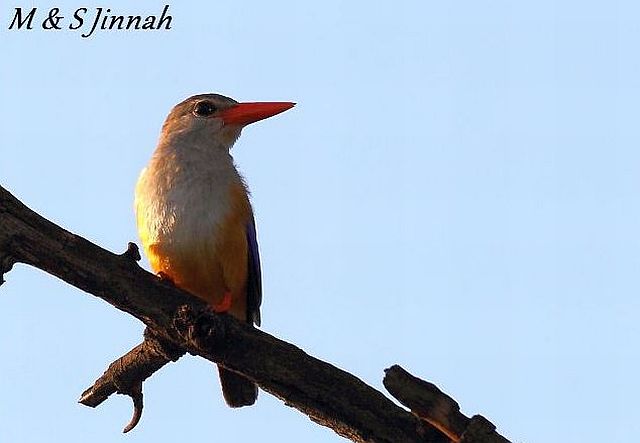 © Duke
© Duke © Pumbaa
© Pumbaa © pooky
© pooky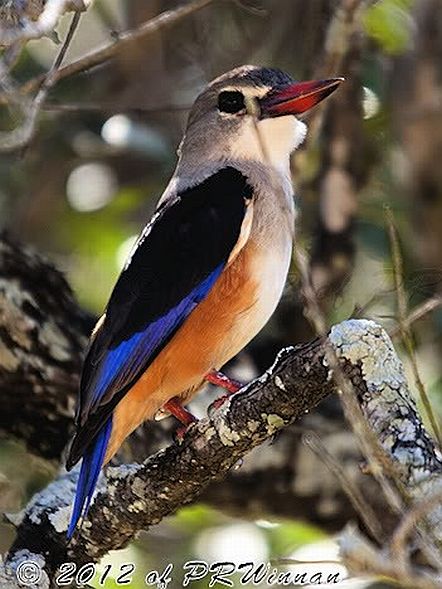 © PRWIN
© PRWIN © Toko
© Toko © The Cow
© The Cow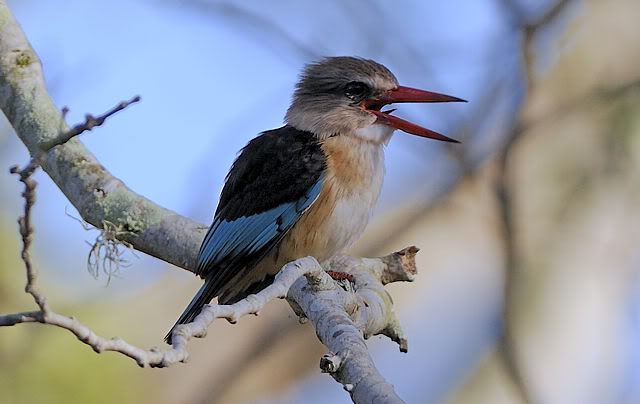 © Dewi
© Dewi © nan
© nan © The Cow
© The Cow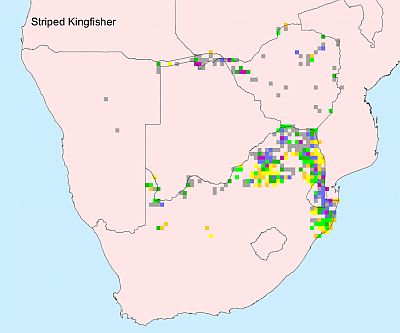
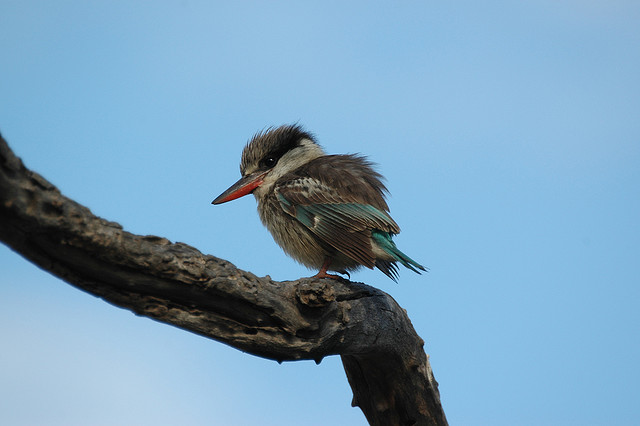 © Grumpy
© Grumpy © Guinea Pig
© Guinea Pig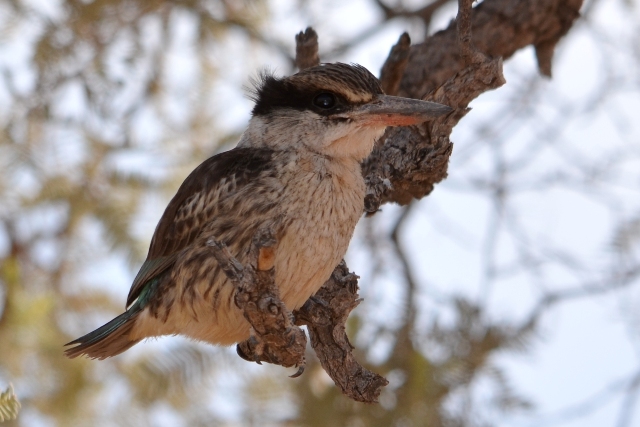 © Mel
© Mel © PRWIN
© PRWIN © Peter Connan
© Peter Connan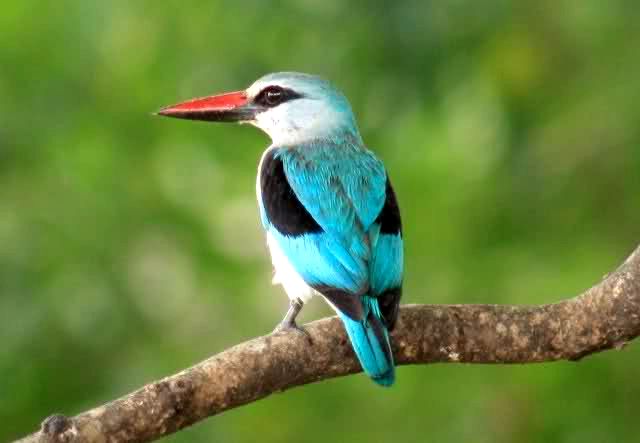 © Flutterby
© Flutterby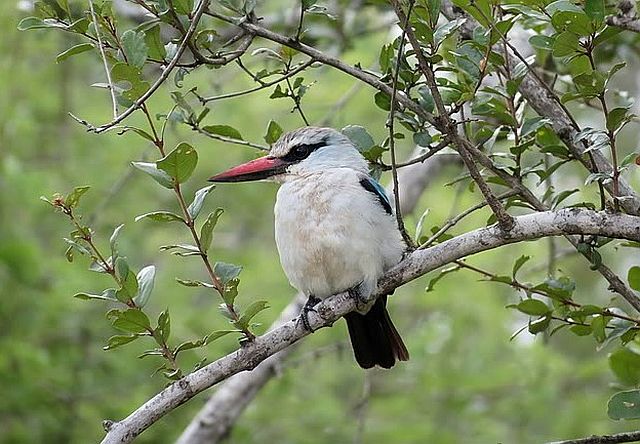 © Bushcraft
© Bushcraft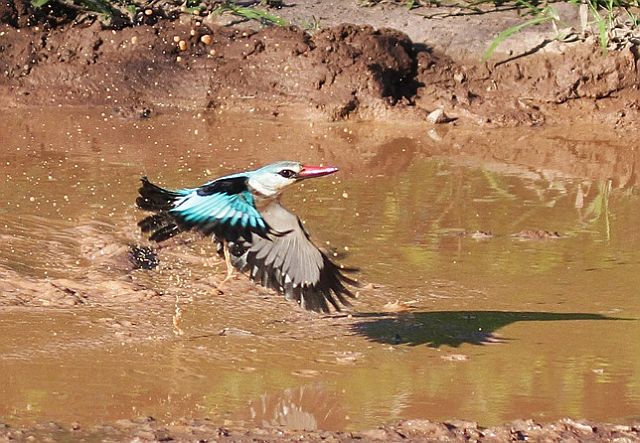 © leachy
© leachy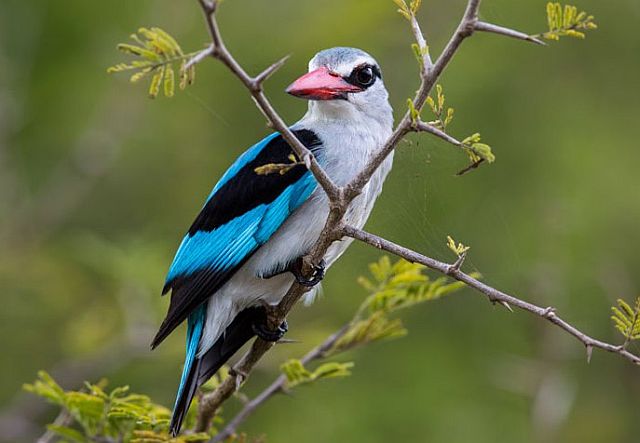 © Pumbaa
© Pumbaa 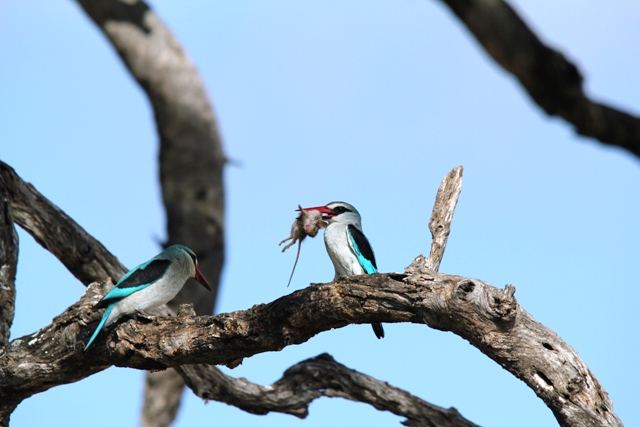 © pooky
© pooky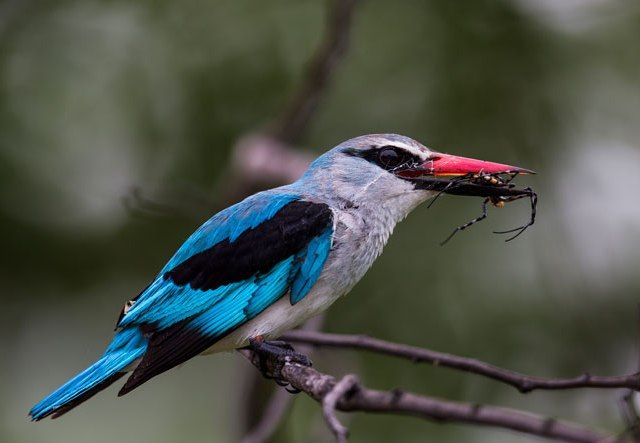 © Pumbaa
© Pumbaa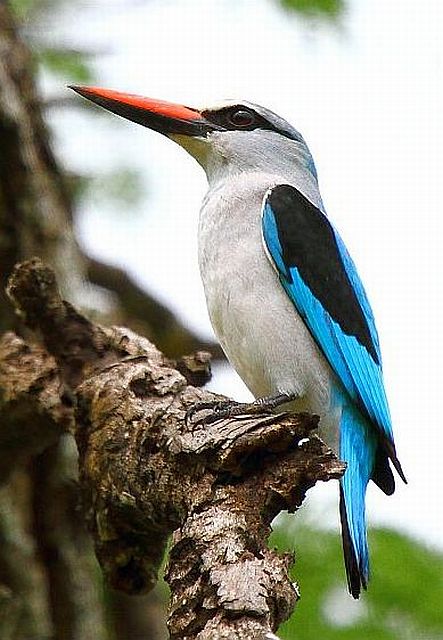 © Sharifa & Duke
© Sharifa & Duke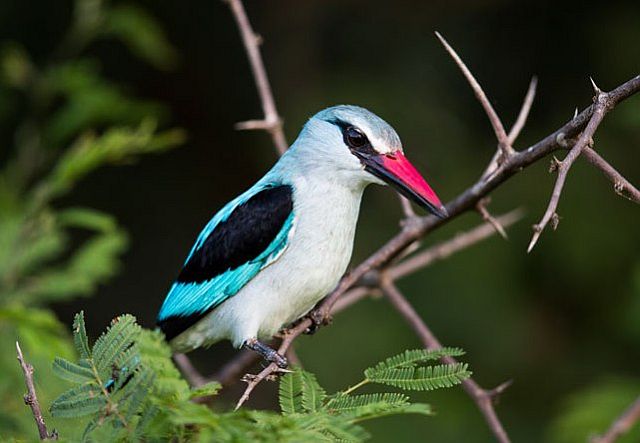 © Pumbaa
© Pumbaa © Duke
© Duke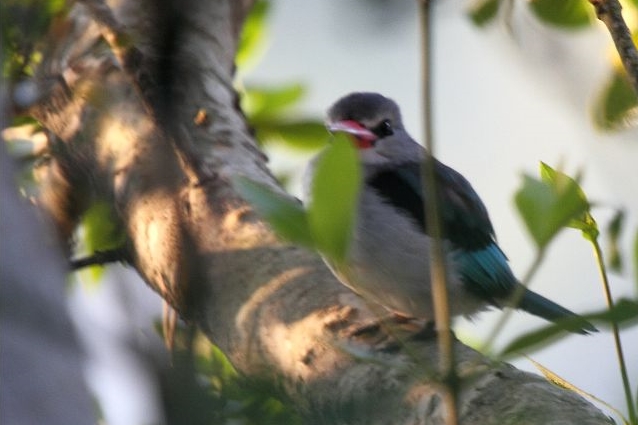 © Duke
© Duke